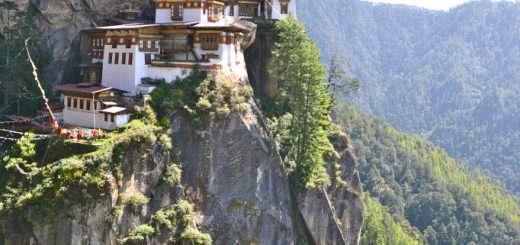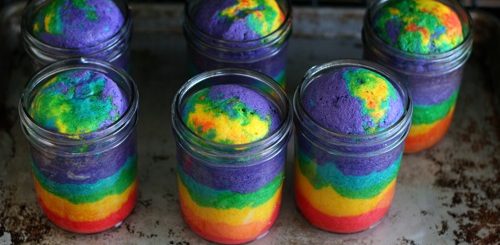{getaway} Heavenly Holbox: Long Weekend on Isla Holbox, off Mexico’s Yucatan Peninsula
I just got back from a long weekend in Isla Holbox, a little island off Mexico’s Yucatan Peninsula. Holbox is a weird name for a Mexican island, right? It’s actually a Mayan word meaning “black hole” and is pronounced “Ohl-bosh.” Whatever you call it, it’s pretty great.

Holbox is a fantastic combination of tropical island paradise and authentic Mexican working town. The majority of tourists are from other parts of Mexico, and although the beachfront has lots of little inns and restaurants, it doesn’t have the segregated feeling of some touristy beach towns. Everyone just seems to mix together, and it’s so informal you don’t even need to wear shoes.


In case you’re not quite dazzled yet, let me try to tempt you further…




To reach Holbox, you fly to Cancun and drive about 2 hours through largely forested land to the little port town of Chiquilá. The town of Chiquilá is not terribly picturesque, although its pier at sunset isn’t too shabby a view. From the Chiquilá pier, you catch a small ferry to the back side of Holbox that takes about 20 minutes.

Arriving in Holbox, you will find that the streets are made of packed or raked sand, and that the only transport are bicycles, mopeds, or golf carts. This makes the island even more pleasant.

The town is a little bit funky, and I mean that in the best possible way.




I mean what other towns have you visited that boast a thatched roof pharmacy?

Still, it’s easy to feel you are on an almost deserted island, with water that spans nearly every beautiful hue of turquoise, and lots of places where you can feel perfectly alone.

The food is pretty terrific, too, mostly because you can get incredibly fresh seafood. The restaurants get their fish and lobster from local fishermen daily, so the quality can’t be beat. It doesn’t seem to matter whether you visit a highbrow or lowbrow spot–the food is great almost everywhere.

One of our favorite spots was the beachside Raíces (“Roots”) which consisted of a little shack for cooking, a thatched roof with a bar underneath, some plastic chairs and tables, and a woman scaling and fileting whole fish outdoors in the sand. We couldn’t help laughing when we met the owner and he exclaimed in all seriousness,”This used to be just a casual place, but look at it now, I’ve really expanded!”

We also had a great meal at La Guaya, owned by an Italian chef and featuring freshly made fettucine to go with the seafood. It’s on a pretty patio, and the owner and his wife are incredibly friendly and welcoming.

Even though it’s a little island, there are lots of things to do beyond just drinking beer and eating super fresh seafood (although I highly recommend doing both of those things as much as you can.) First and foremost, Holbox is famous for having whale sharks to swim with between May and September, but they don’t come quite as close to the island as they used to. For the past four years or so, they hang out about 2 hours away by fast, bumpy speed boat. Whale sharks are neither whales nor sharks, just the largest fish in the world. They can be up to 40 feet long, with a 5 foot wide mouth, and weigh up to 40,000 pounds, but they are incredibly gentle and swim close to the surface, so they are easy to snorkel with once you reach them. The chance to swim so closely with these docile giants of the sea is a totally magical experience that makes the arduous boat ride 100% worth it.

There is also a lot of fishing and birding to be done, but those aren’t really up my alley, so I didn’t pay too close attention on those fronts–although I did delight in seeing flamingos and pelicans hanging out together in various inlets and sandbars.

There is a cenote on Yalahau, a nearby island that you can visit by boat. Cenotes are freshwater sinkholes that are a common geological feature in the Yucatan. They are deep, cold, clean, freshwater pools that are said to have medicinal effects. After the warm waters of the Gulf of Mexico, the icy waters of Yalahau were bracing to say the least!

Big, lazy iguanas have free reign of the island and its outdoor spaces, and you may even get to see crocodiles and horseshoe crabs too.

Of course, no one will fault you for just hanging out in a hammock…

Or enjoying one of the gorgeous sunsets. Performances nightly, and admission is free.

We stayed at Casa Sandra, which was lovely but on the pricier side. If we go back, we have our eye on the colorful and comfortable Casa Las Tortugas or the super low key La Palapa. Both have beachfront spots, good restaurants by the water, and central locations.






What is the weather like in November and December?
Average temperature is in the mid 70s, rains an average of 4 days/month for each of those month